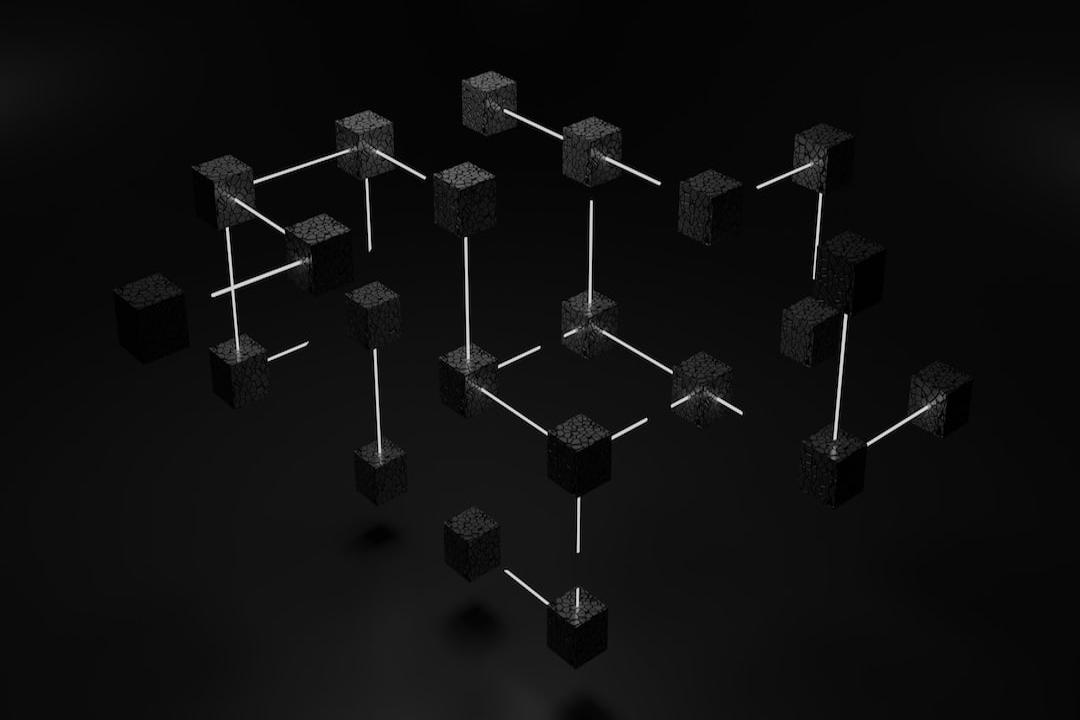Aave, the lending protocol, has introduced a new proposal called the Aave Risk Framework Committee (ARFC) to adjust the risk parameters of the stablecoin Dai (DAI). The proposal, put forward by the Aave Chan Initiative (ACI) team, suggests changing the loan-to-value ratio (LTV) of DAI to 0% on all Aave platforms. As part of the proposal, the sDAI incentives will be removed from the Merit program starting from Merit Round 2 and onwards. This move is aimed at countering MakerDAO’s aggressive D3M plan, which has rapidly increased the DAI credit line from zero to an estimated 600 million DAI within a month, with the potential to reach 1 billion DAI soon. The objective of the proposal is to reduce potential risks while minimizing the impact on users. Since only a small fraction of DAI deposits serve as collateral on Aave, users can easily switch to alternative collateral options such as USD Coin (USDC) or Tether (USDT). The proposal also highlights the risks associated with using DAI as loan collateral, citing an example with Angle’s AgEUR (EURA) stablecoin, which was minted into EULER and hacked within a week. MakerDAO, the decentralized finance protocol, is preparing to launch its highly anticipated “Endgame” transformation, which aims to focus the platform on scalable resilience and sustainable user growth. According to co-founder Rune Christensen, the goal is to scale MakerDAO’s decentralized stablecoin, DAI, from its current $4.5-billion market capitalization to “100 billion and beyond,” in line with Tether’s USDT. The Endgame plan includes a five-phase strategy, with phase 1 scheduled for mid-2024, involving the engagement of an external marketing firm to rebrand the operation. Eigenlayer recently surpassed Aave to become the second-largest DeFi protocol with $11.5 billion in total value locked (TVL), second only to Ethereum liquid staking protocol Lido. Aave has over 5,700 daily active users, while Lido has less than 430, according to Token Terminal data.

